Contents
Advertising works as long as money is invested in it. Content marketing, however, works differently. It’s a long-term investment in traffic and loyal customers with relatively low costs. Content marketing helps attract your target audience through articles, reels, case studies, and newsletters. It includes any content that could be useful to them. We’ll show you how content marketing can address business challenges and build a growth strategy for the years to come.
What Problems Does Content Marketing Solve?
Content marketing helps generate demand, attract customers, retain your audience, and increase sales. The tasks of content marketing differ at each stage: first, you need to capture the audience’s interest, then demonstrate your company’s expertise, and finally, encourage the lead to make a purchase.
Creates Demand
Every entrepreneur believes their product or service is the most useful and high-quality. However, potential customers may not know this yet. In a developed market, they have the option to choose from many similar offers. That’s why, at the beginning, businesses need to draw the audience’s attention to their unique selling proposition (USP) and convince them that this product can solve their problems.
What can be achieved with content marketing?
- Addressing problems. Articles, case studies, and guides explain why the new solution or product is better and more convenient.
- Hosting webinars and showing demos. This allows customers to test the product and see it in action.
- Engaging through storytelling. Share stories of how customers have already solved their problems with the product.
Example:
A company launches a CRM system for small businesses, but the audience doesn’t understand its value. To create demand, the brand could write a series of case studies. These would demonstrate how the tools in their CRM system helped attract traffic, automate sales, and increase profits.
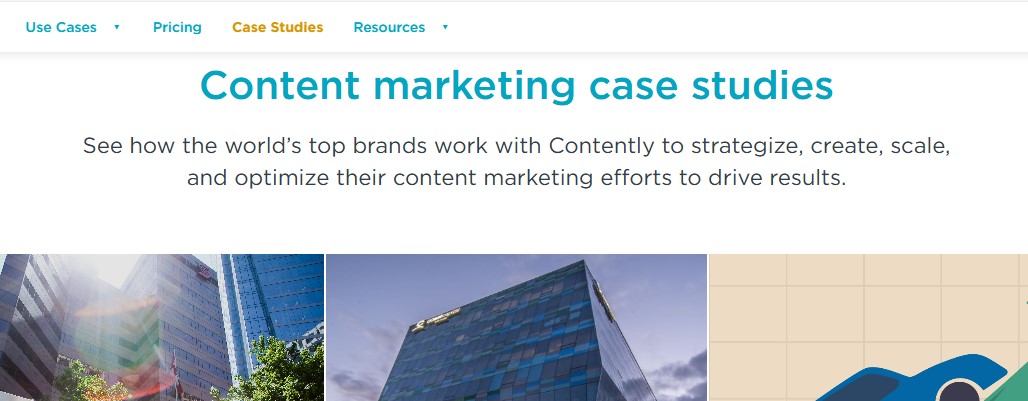
Retains Customers and Demonstrates Loyalty
Once a lead has become a customer, it’s important to keep their attention and build trust in the brand. Successful case studies, positive reviews, and work breakdowns are effective at this stage as well. They increase the perceived value of the USP in the eyes of the audience and highlight that the company values its customers and is committed to working in their best interest.
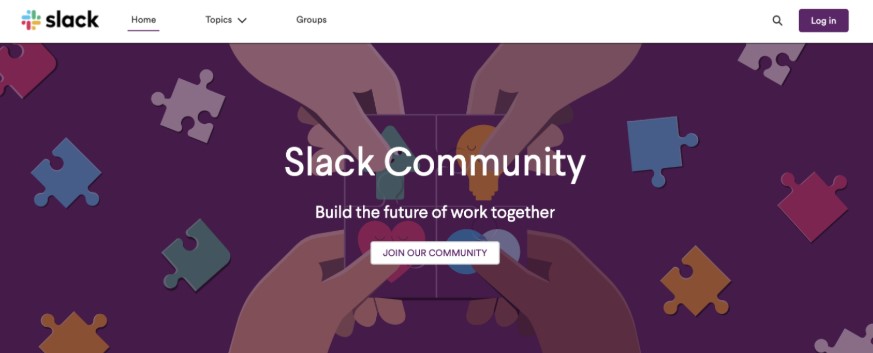
Educational projects use platforms like Slack, Discord and private Facebook groups to create communities. In these spaces, students can discuss the learning process, share their observations and ask questions to instructors. This increases engagement and reduces customer churn.
Increases Repeat Sales
Content marketing can encourage repeat purchasing. This can be done via newsletters offering personalised offers, educational content and checklists suggesting extra products.
Example:
A customer buys hiking boots at a sportswear store. On the same day, the brand sends them a guide on how to care for the shoes, and a week later, offers a selection of thermal socks and cleaning products.
Why is Content Marketing Important?
The main reason for this is to build long-term relationships with the target audience. A good content marketing strategy helps keep existing customers and get new ones. Advertising stops working as soon as the budget is turned off, but high-quality articles, videos and guides can keep bringing in an audience for months and even years.
Business Growth
Companies that regularly publish valuable content become experts in their niche. People trust brands that, in addition to their core sales, freely share knowledge and help customers understand the product.
For businesses in highly competitive industries, content marketing helps them stand out. Case studies, expert articles, and interviews with professionals increase brand recognition and build a community of loyal users.
This also makes it more likely that customers will buy from them again and spend more money. For example, you can show off new features in reviews, and get people interested by sharing success stories.
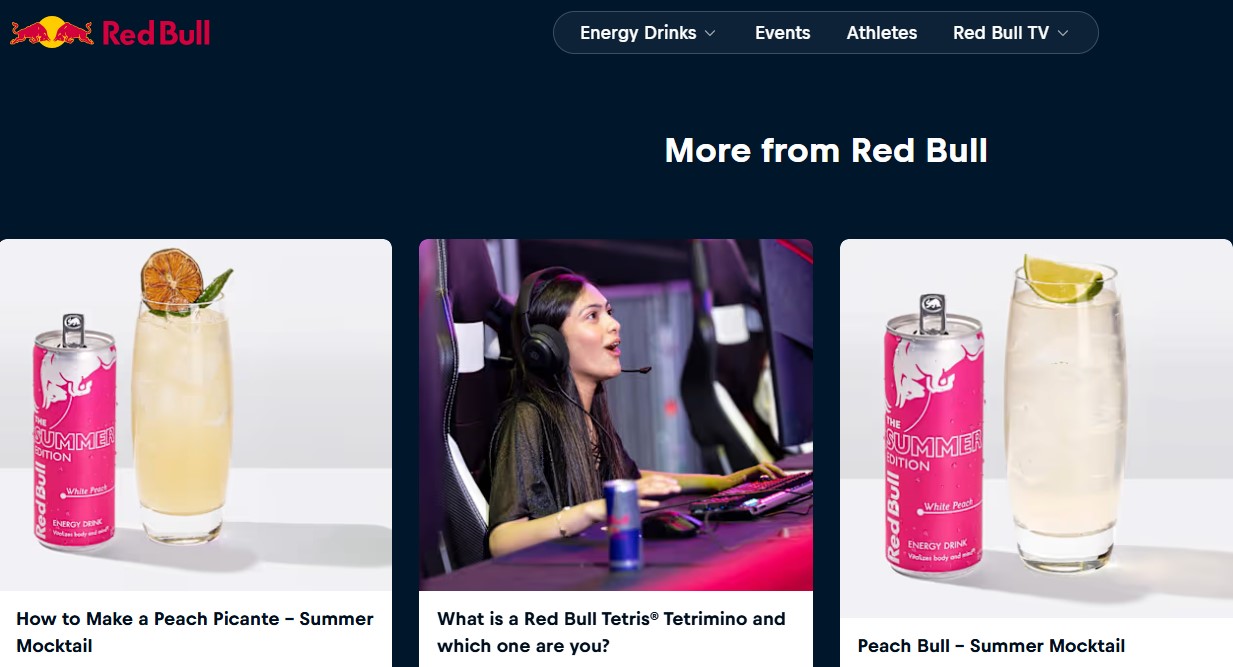
Impact on SEO and Customer Acquisition
Content marketing is one of the most important tools for SEO. Optimized articles appear at the top of search results, which increases organic traffic without the need for constant advertising.
As well as traffic, the content increases audience engagement. When users read articles and watch videos on a site, search engines recognise that the site is valuable. These pages tend to have a higher ranking, which means more people will see them. This means more potential customers for your business.
Who Doesn’t Need Content Marketing?
Content marketing is ineffective for products and services with a quick sales cycle. In this case, additional audience warming will result in unnecessary expenses. It’s better to invest in a user-friendly website, SEO, and paid search ads.
Content marketing isn’t suitable for:
- Products with impulse demand or everyday consumption.
Gum, batteries, napkins, disposable tableware, and inexpensive accessories are often purchased impulsively or out of necessity. Customers won’t search for articles on which brand of dish sponge is better. For promoting these types of products, it’s more effective to focus resources on optimizing product listings on marketplaces, setting up targeted ads, and working on promotions and merchandising.
- Services related to emergencies.
When it comes to equipment repair, car towing, and emergency services, speed is key. Leads are more likely to choose the first suitable offer and won’t read long-form content. In this case, local SEO, paid ads, and crowd marketing work better.
- Low-quality products or services.
Content marketing won’t help if the product or service is of poor quality. First, these issues need to be addressed, and only then should content promotion be considered.
Types of Content
Content marketing comes in several formats. Depending on business goals, a combination of these formats is typically used. For example, expert articles are complemented by infographics, and educational videos are made more engaging through storytelling.
| Type of content | Example of use |
|---|---|
| Text Content | Articles, interviews, case studies, social media posts, email newsletters, checklists, guides. |
| Video Content | Webinars, live streams, reels, stories, reviews, commercials. |
| Audio Content | Podcasts, voice messages and reviews, audio notes. |
| Graphic Content | Illustrations, infographics, photos, memes, diagrams. |
| User-generated content (UGC) | Reviews, comments, customer testimonials. |
Content can also be categorized by function:
- Informational: Answers the audience’s questions and educates (guides, checklists, articles).
- Entertaining: Evokes emotions and engages the brand ecosystem (memes, interactive content, quizzes).
- Expert: Demonstrates the company’s expertise (case studies, research, interviews).
- Sales-oriented: Encourages purchases (landing pages, commercial articles, reviews with CTAs, reels).
Content doesn’t have to be perfect in any combination of types. If it serves its purpose and attracts new customers, then it’s doing its job.
Where to Find Content Ideas
If you’re unsure where to start, check what customers are asking in chats, reviews, and comments. For example, when users don’t understand the difference between two products, write a comparison. Or, when they’re asking which course is best for beginners, create a video on that topic.
SEO analytics can show you which queries are driving traffic to your site. You can see what users are searching for through tools like Google Trends and Ahrefs. If a topic is growing but lacks good answers, you have a chance to take the top spot.
Be sure to study competitors’ content, look at their blogs, and see which topics are generating responses. Don’t copy blindly, as it’s dishonest and unethical. Identify their weak points and make them better, for example, by explaining the topic in simpler terms.
Also, don’t forget to stay on top of news events and trends to be the first to react to changes in your niche.
Where to Publish Content
Before creating a text or video, you must choose the platform. This choice will affect the length, format, and nature of your materials. We’ll explain where to publish content to ensure it reaches as many potential customers as possible.
Corporate Blog
The most common solution for content marketing is having your blog on the main website. Here, you can publish articles that showcase the product’s value and write content on related topics. A blog positively impacts user behavior: it increases page depth, reduces bounce rates, and boosts conversion.
Another advantage is simplicity. This section is easy to develop on your own, and its effectiveness grows with regular content updates and proper SEO.
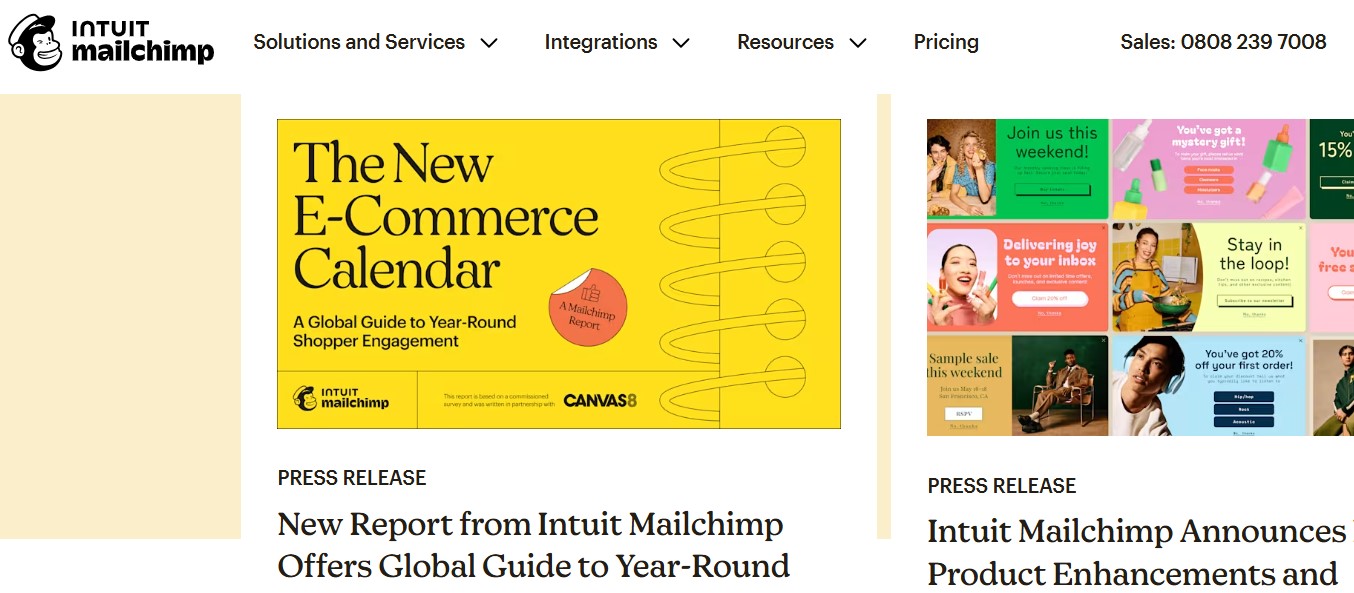
Separate Project
Sometimes, an ordinary blog isn’t enough, and companies create their own branded media. This can include magazines, informational websites, industry publications, or educational platforms.
Sometimes, an ordinary blog isn’t enough, and companies create their own branded media. This can include sources such as magazines, informational websites, industry publications, or educational platforms.
Branded media helps build a reputation, form a community, and attract customers through valuable content. Projects like these need a lot of money and people, including a team of writers, designers, and a team leader.
It’s important to understand that using a brand in media doesn’t make much money. It’s a long-term project that increases brand awareness, but is costly.
External Resources
As well as your own websites, you can also use other websites to promote your business. These platforms are ideal for B2B sales and information-dependent industries.
Where to publish:
- Medium, LinkedIn, and industry-specific websites for expert and educational content.
- YouTube for interviews, case study breakdowns, and tutorial videos.
- Instagram or Twitter for short, useful posts, insights, and curated lists.
- Email for newsletters that help with customer retention, such as personalized offers or digests.
How to Launch Successful Content Marketing
You’ve set your goals, chosen platforms, selected your team, and decided on the topics you want to cover. Is it time to start publishing? Not quite yet. To ensure content works effectively for your business, you need a strategy. Without one, your articles and case studies may simply not perform — they’ll remain invisible to the audience and won’t bring in new customers. Here’s how to launch successful content marketing and avoid wasting resources.
Study Your Target Audience
Your content should address your customers’ real questions and needs. Decide who you want to target and what they want:
- Get customer questions from chats, queries and social media.
- Use Google Trends and other analytics platforms to analyse search queries.
- Study competitors’ content to see which topics are most popular.
Prepare a Content Plan
It is rare for a post to be successful just because it was posted without planning. To make content marketing work well, you need a clear plan for what you want to say. It helps you to post regularly and use your resources efficiently.
What to include in a content plan:
- Content formats (articles, videos, case studies, checklists).
- Platforms for publishing (blog, social media, newsletters, media).
- Content release schedule (daily, weekly).
- Key KPIs (e.g., traffic, engagement, leads).
From time to time, the content plan will need adjustments. It’s important to constantly analyze which materials resonate best with your audience and convert them into customers.
Write High-Quality Content
The headline is the first thing the reader sees, and it should clearly show why the reader should read the content.
When creating content, it’s important to balance knowledge with simplicity. Using too many technical words or keywords in your text will not keep the reader interested. Using content that is not interesting or informative will not provide any value. The best approach is to keep the content clear and straightforward. This helps you to explore a topic in depth and explain complicated processes in a way that’s easy to understand.
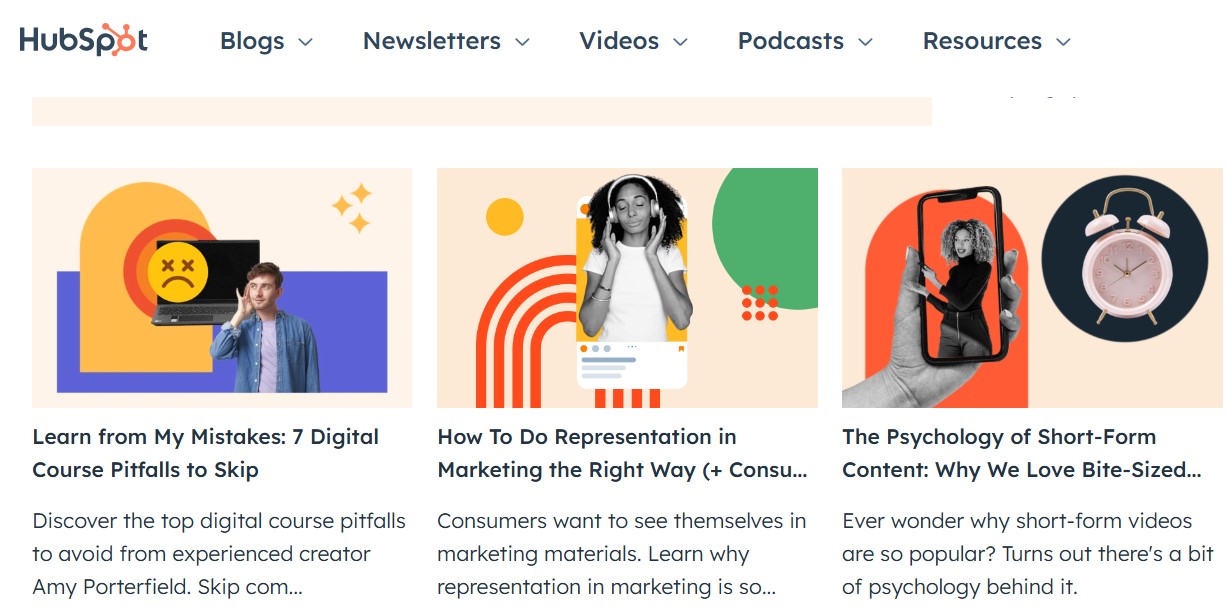
How can you stop things from getting boring? Mix and match different formats. For example, you can make long articles more interesting by adding infographics and short videos, or polls to your posts. Videos, GIFs, interactive quizzes and surveys keep users on the page and increase how much they engage with the site.
Optimize On-Site Content
Don’t forget about SEO. Search engines have long valued quality and natural language over keyword stuffing. Articles should address the audience’s queries, have a clear structure, and include keywords naturally.
In addition to SEO, make sure the website is well-structured and mobile-friendly. Break up the text of any length with subheadings, lists, and highlights. Interactive elements such as drop-down lists, sidebars, buttons, internal linking, and infographics work well.
If you want to check how well your website works on mobile, there are tools like Google’s Mobile-Friendly Test that can help you do this. These tools let you see how your website looks on real phones and tablets.
Focus on SMM and Content Distribution
Even the highest-quality content needs constant promotion. The text may be unique, expert, and full of useful information, but if there’s high competition for a given search query, your article might get lost.
Determine which format you will use for each platform. Social media is ideal for short articles, reposting content, and sharing announcements. Email newsletters help retain customers and bring them back to catalog updates. YouTube and Instagram allow you to adapt content into different formats: videos, infographics, and short summaries.
Example:
You publish an article on your blog → create a brief summary for LinkedIn → ask designers to create an eye-catching infographic with key facts for Instagram → the SMM specialist records a 30-second video for Reels.
Metrics for Evaluating Content Marketing Effectiveness
Proper analytics help adjust strategy promptly to prevent failures. Analyse metrics holistically. If traffic is high but conversion rates low, check the quality of the CTA. People are leaving the page, so your content is likely unsatisfactory and needs structural improvements. Let’s review the metrics that determine the success of your strategy.
Traffic: How Many People Visit Your Website
- Organic search traffic: Traffic from search engines. The higher it is, the better your articles are optimized for SEO.
- Referral traffic: Traffic originating from external websites, including media outlets, blogs, and social media platforms. This indicates that your content is being shared and discussed actively beyond your platform.
- Brand traffic: The number of users who search for the brand by name. This shows that the company has been disseminating content through various media outlets.
Engagement: How Content Keeps Attention
- Bounce rate: The bounce rate. If people land on the page and leave immediately, it means the content doesn’t meet their expectations.
- Average time on page: The average time spent on a page. The higher it is, the more likely users are reading and interacting with the content.
- Depth of view: Depth of view. If visitors move from one article to another, it means the content is engaging them to explore the topic further.
- Engagement rate: The overall engagement level: likes, comments, shares, and other interactions.
Conversion: How Many Customers Content Brings
- Click rate: This is the number of times people click on links in articles, emails, or newsletters.
- Conversion rate: The percentage of readers who take the desired action, such as submitting a request, making a purchase, or subscribing to a newsletter.
- Most converting pages: The pages that bring in the most leads and sales.
Email Newsletter Effectiveness
- Opt-in rate: The percentage of users who have subscribed to the newsletter.
- Open rate: The percentage of people who opened the email. If the rate is low, consider testing the subject lines and sending times.
- Click rate: The percentage of users who clicked on links in the email.
- Unsubscribe rate: The percentage of unsubscribes. A high rate indicates that the newsletter may be too frequent or doesn’t meet subscribers’ expectations.
Content Marketing Trends in 2025
In 2025, high-quality content, a variety of formats, and effective promotion will take the lead. Here’s what you should pay attention to:
- Content for voice and visual search: Write in simple language, break the text into sections, and answer the audience’s questions.
- Video and interactive content: Long articles tend to have low completion rates; short videos, guides, and infographics are now more effective.
- AI in content: Automation speeds up work, but remember to keep a human touch — without it, the content loses value.
- Expertise over volume: Search engines and users tend to prefer materials backed by evidence from professionals.
- Distribution matters: Promote your content, otherwise, even the best text won’t be seen by anyone.
DO’S
- Builds trust in the brand and enhances its expertise.
- Attracts organic traffic through SEO and social media.
- Helps retain customers and increases repeat sales.
- Works in the long term. Content continues to attract an audience for months or even years.
- Flexible formats. Articles, videos, and podcasts can be adapted for different platforms.
DON’T’S
- The process can be time-consuming, as initial results may take several months to become available.
- High costs for creating quality content, especially in highly competitive niches.
- Not suitable for impulse-buy products or emergency services.
- Without effective promotion, articles, and videos will go unnoticed.
- Won’t save the business if the company has poor service or low-quality products.
Key Takeaways from This Article
- Content marketing is a long-term strategy that attracts customers, builds trust, and retains the audience. It works in the long run but requires investment and time. Without a clear strategy and promotion, the content will go unnoticed.
- For content to be effective, it must address the real questions of the audience, be useful, and tailored to users’ needs.
- Don’t forget about optimization: monitor SEO, adapt content for voice search, and visualize complex topics.
- Create a content plan: define topics, formats, platforms for publishing, and performance metrics.
- Remember that high-quality content means expert articles, real case studies, useful guides, and clear, concise presentations.
- Promote content through SMM, email, collaborations, and distribution on external platforms.



